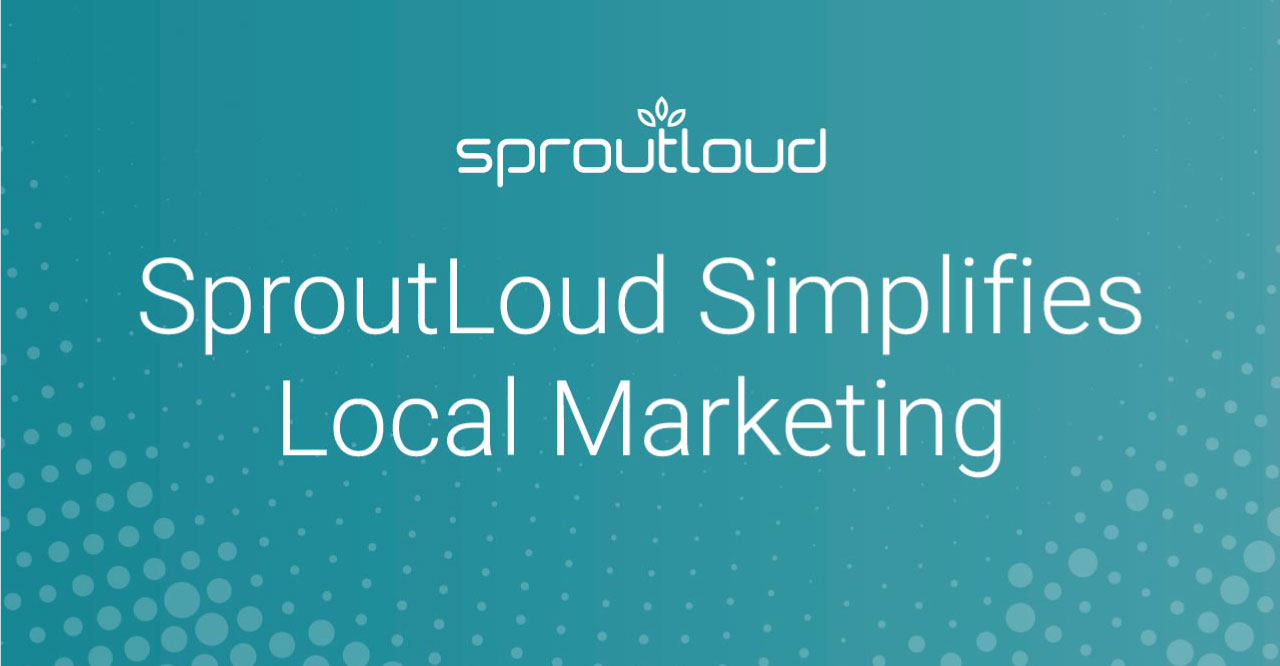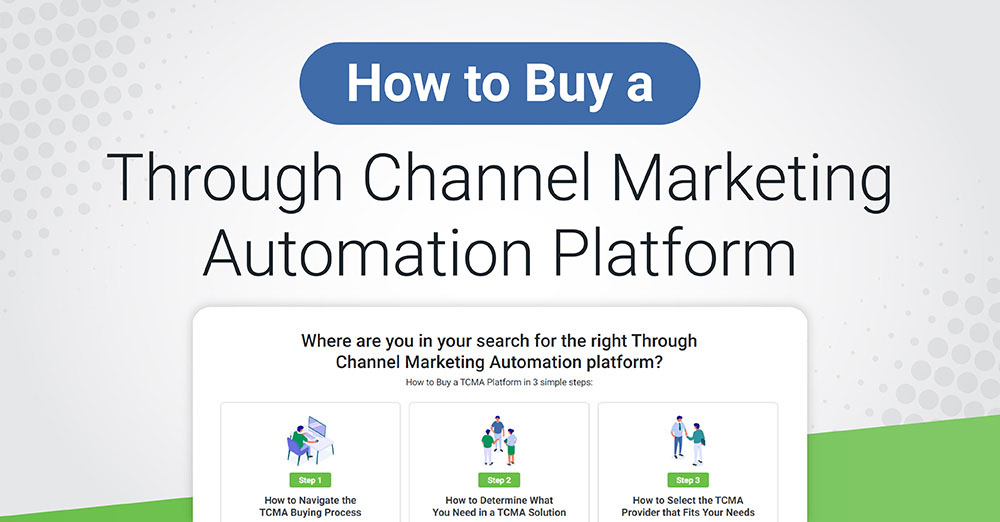7. Pricing
Let’s take a moment to get a better understanding of pricing for a Distributed Marketing software solution by comparing three pricing models:
a) The Results-focused Provider Model
b) The Self-Service Client Provider Model
a) The Results-focused Provider Model
The Results-focused provider model is a Software-as-a-Service (SaaS) model that includes platform software and integrations with a platform, meaning integrated providers offer marketing tactic fulfillment for things like email marketing, print ads, media buys, digital ads, social content syndication, etc.
Let’s review the main features, pros and cons of the Results-focused provider:
MAIN FEATURES
● The Results-focused provider is focused on driving utilization of marketing tactics by end users — including channel partners, retailers, resellers, dealers, distributors, agents, franchisees, local branch locations, etc.
● With this type of pricing model, there is separate billing for software, templating, brand support and end user support.
● The Results-focused provider contractually manages the vendors who provide marketing tactics through the platform.
● The Results-focused provider has flexibility to integrate a brand’s preferred vendors when such requirements or trade-offs exist. Be sure to discuss this point in detail with the candidates included in your RFP. The way candidates respond to questions about the possible loss of in-platform comprehensive reporting, or increased software and management fees, or continued OpEx fee increases with increased manual management overhead, etc., will help your internal team in their evaluations.
PROS of the Results-focused Provider
● “Free market” tactic pricing to partners, where integrated vendors must price to drive retailer engagement and tactic adoption.
● Usually offers lower pricing than historical pricing from “Free Models,” demonstrating immediate benefit to partners to engage.
● Technology plug-and-play flexibility allows the Distributed Marketing platform provider to swap-out marketing tactic vendors that are not competitively priced or that no longer offer leading-edge services (i.e., digital marketing advances quickly).
● Pressure for competitive pricing on marketing tactics reduces dissatisfaction among partners and drives engagement.
● Adding additional services and marketing tactics are easily implemented.
● High transactional volume due to multi-client large networks of partners offer costs rebate potential to individual clients.
● You don’t pay for what you don’t use — no per-user fees means your TCMA provider is more focused on driving engagement in the platform.
CONS of the Results-focused Provider
● “Full-service” support to help partners optimize, and to drive engagement and results. But this often requires a professional services budget, in order to provide customer service support to a network of retailers.
b) The Self-Service Client Provider Model
The Self-Service Client provider model is designed for brands that want to directly manage the retailer experience by integrating their own vendors and revenue rebates. General license fees and ancillary software fees are the primary revenue center for these platform providers. A complimentary vendor ecosystem may be available, but it’s typically less polished and not comprehensive because the platform provider has no vested interest in utilization outcomes.
Let’s review the main features, pros and cons of the Self-Service Client provider model:
MAIN FEATURES
● Self-Service Client providers offer integrations of the client’s vendors.
● Usually per seat or general license fees and some ancillary fees over software apply.
● The primary provider offers the platform and the brand usually handles much of the responsibility to integrate its own vendors and manage the partner experience.
● Some Self-Service Client providers have a complimentary vendor ecosystem called “marketplaces” that connect users to marketing services in their country, but given the SaaS orientation, integrations and services tend to be less polished and less comprehensive because the SaaS platform provider is less interested in outcomes. Usually limited vendor reporting flows back into the platform and marketplace vendors work disparately with partners without a central, Marketing Concierge™ consolidated view of partners.
PROS of a Self-Service Client Provider
● This is usually a good option when brands want to build their own in-house agency.
● Platforms tend to be more “Do-It-Yourself” (DIY), which may mean professional services are not needed to support program as the heavy lifting is done internally.
Cons of a Self-Service Client Provider
● The brand must contract, manage and pay all vendors.
● The brand is liable for all vendors.
● Higher software costs.
● Per-user licensing means the brand pays for all non-engaged users (This can be a significant waste of money for brands, because some platforms average 17 percent utilization).
● Vendor integration costs (in many cases).
● The Self-Service Client provider’s revenue is not tied to partner utilization of the platform and marketing tactics, consequently local marketing execution and improving results is not a priority.
c) The “Hybrid” Model
The “Hybrid” Model is a combination of the Results-focused provider model and the Self-Service Client provider model. This can take on several flavors and must be clearly documented in the scope you are providing in the RFP. There are many factors that go into this model and it can present some challenges to many of the providers you are interviewing since it usually requires additional development on the provider and their existing vendors they would like to include. If you are only considering a limited number of additional vendors, refer back to the “Results-focused Provider Model”.
Let’s review the main features, pros and cons of the “Hybrid” Model.
MAIN FEATURES
● Usually appealing to brands that have existing contracts or long standing relationships with specific vendors.
PROS of the Hybrid Model
● Provides flexibility in determining a brand’s desire to take on some components more than others.
● Brands that have traditionally managed all the end user customer support, such as use cases where the Brands will use the platform to service internal departments as an enterprise Distributed Marketing platform only.
CONS of the Hybrid Model
● Brand OpEx fee increases with increased manual management overhead.
● Discovery and software fees are increased due to many variables.
● Existing vendors may not be capable of support or integrations.
● Costs may increase from the other existing vendors.
● Security complexities can be heightened.
● Reporting may not be optimized and consolidated.
● End user satisfaction can be compromised if the support model has multiple parties involved.
● Timeline to build and deploy a program can be lengthened.
● Expect support costs at the brand level to increase.
● Internal brand costs for specific functions may be higher than the providers because of less resources and variable peaks and valleys in the work needed to be done.




